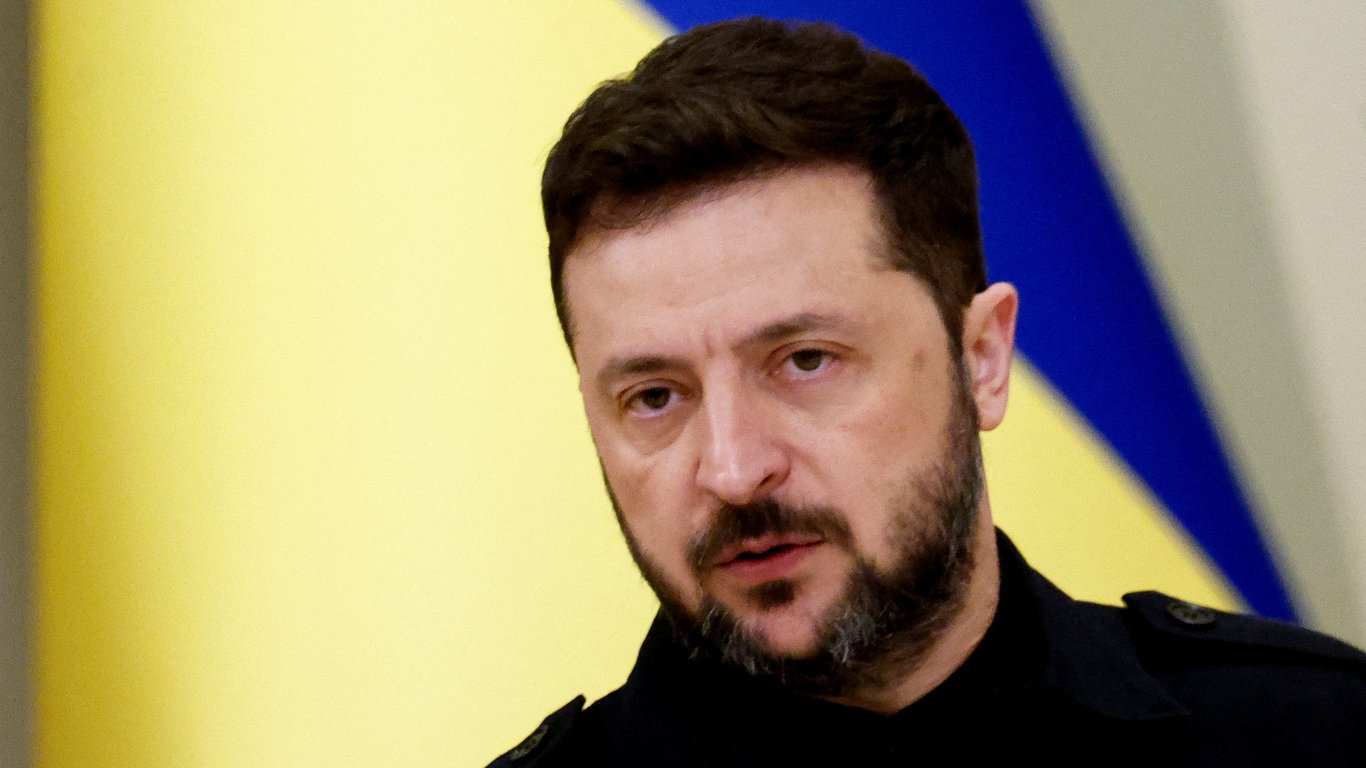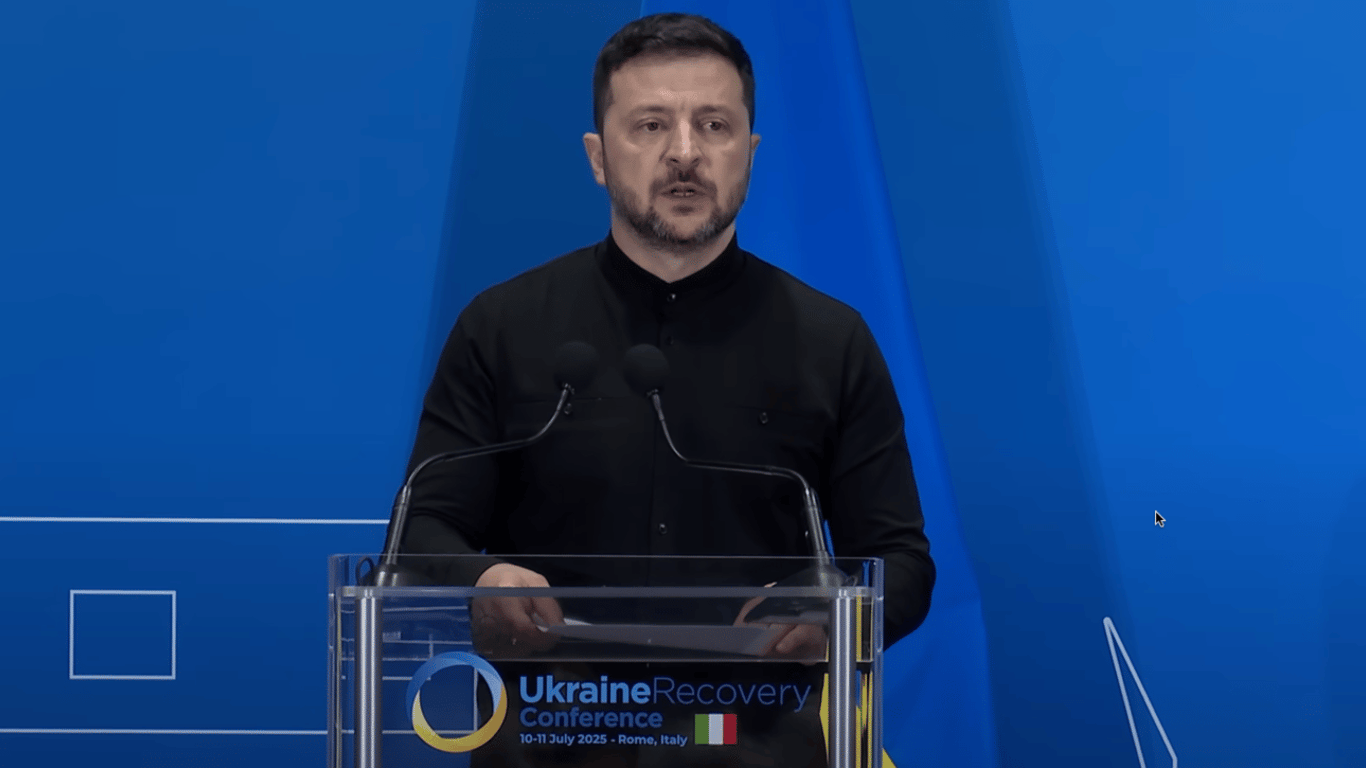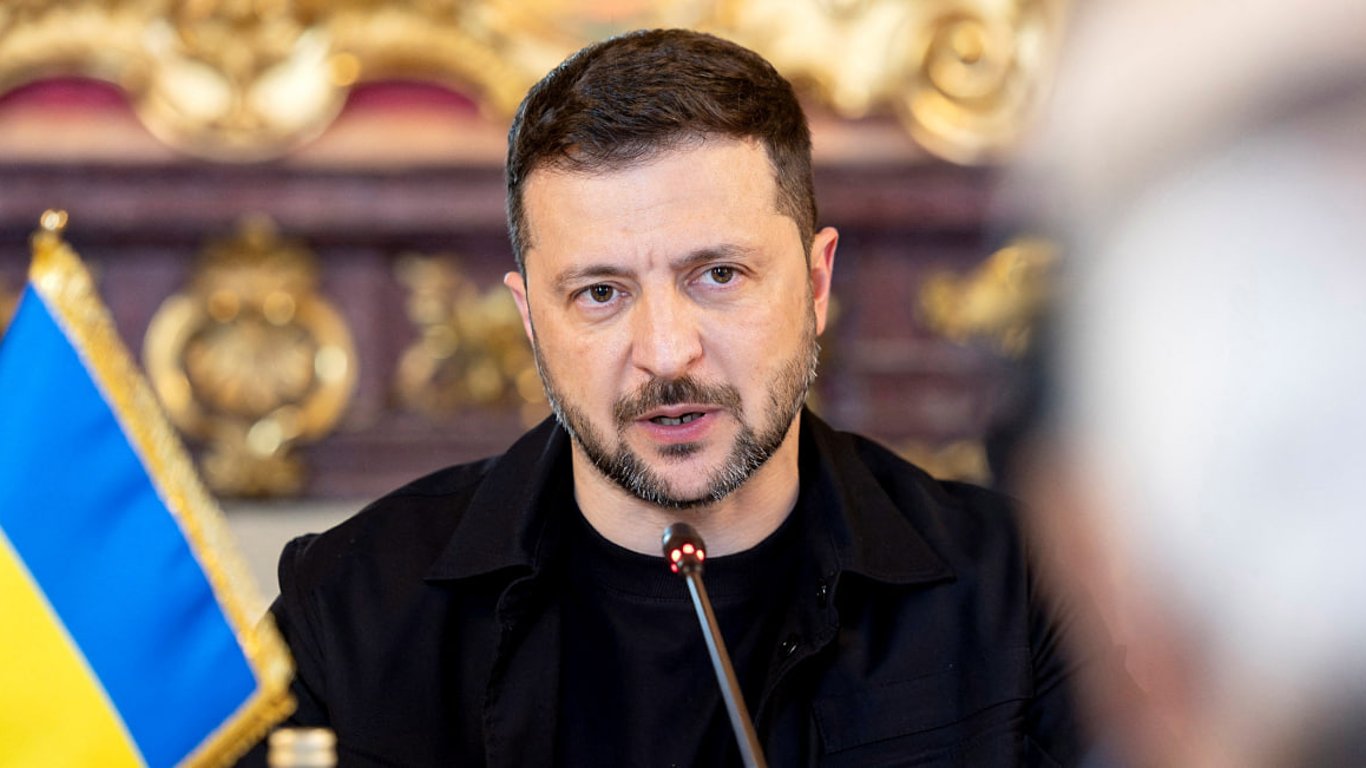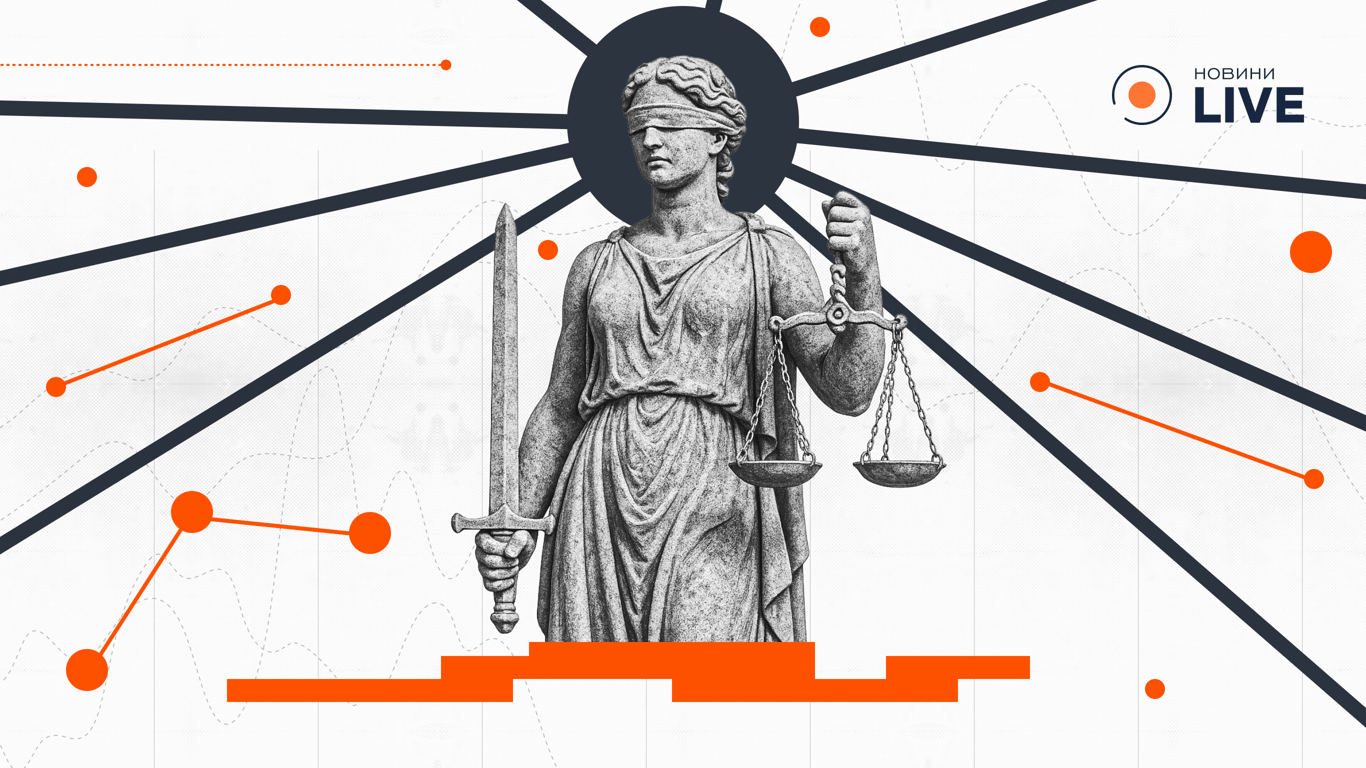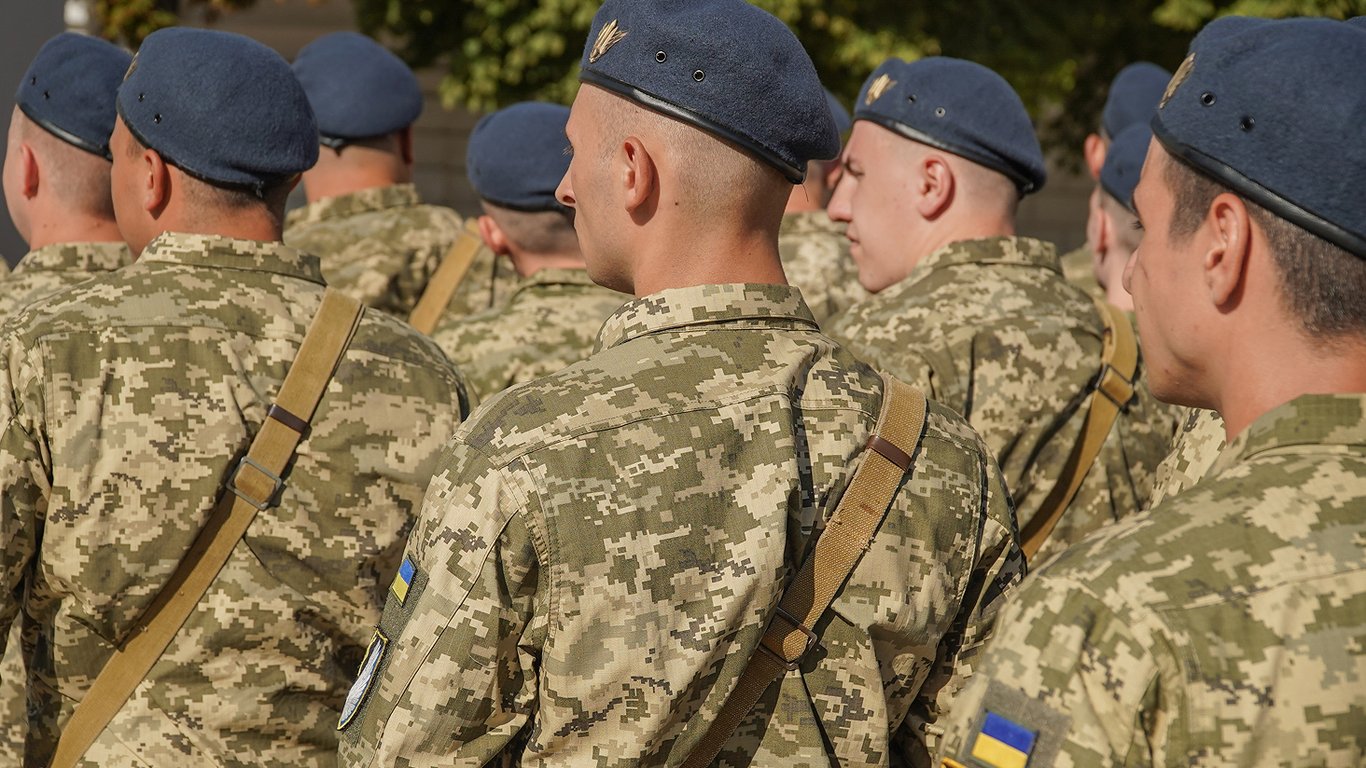Canadian Prime Minister Justin Trudeau announced his resignation.

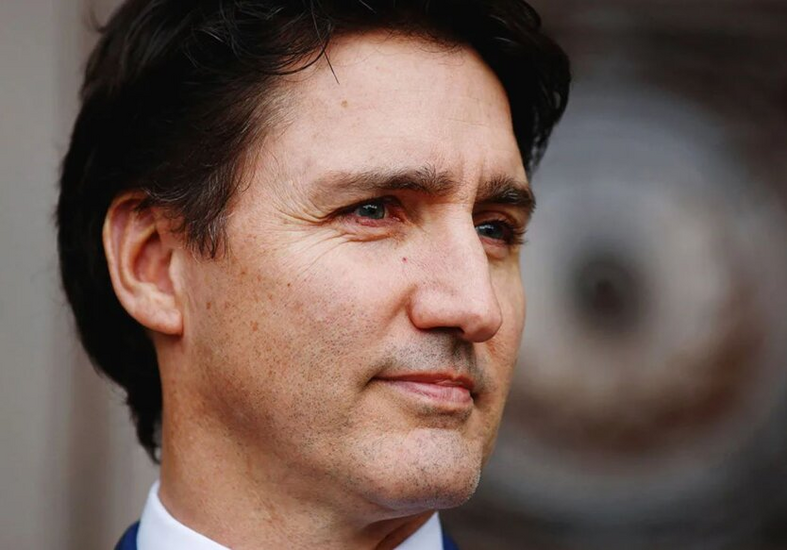
Canadian Prime Minister Justin Trudeau announced his resignation after almost 10 years in office. He made the announcement at a press conference in Ottawa on January 6. Trudeau plans to remain in his position until a new leader of the Liberal Party is elected. He also asked the Governor General of Canada to suspend Parliament until March 24. The Canadian opposition has already called for early elections.
Trudeau met with Trump and confirmed support for Ukraine
Recall that in early November, Trudeau met with Trump after trade tensions between the countries. Trump threatened to impose tariffs on imports from Canada, which raised concerns for the Canadian government. Canada also confirmed the transfer of NASAMS air defense systems to Ukraine. Trudeau has personally supported an active stance regarding aid to Ukraine.
It is worth noting that Canadian intelligence has uncovered interference from China in the elections, creating tension in the country and impacting Trudeau's ratings. Under Trudeau's leadership, Canada increased military assistance to Ukraine by transferring 200 Senator armored personnel carriers. This was part of the policy of supporting Ukraine that the government has pursued over the past few years.
Read also
- Trump's Statements on Ukraine, Elections in Canada: Main Points Overnight
- Response on tariffs. Trudeau explained what Canadians will do with the US anthem
